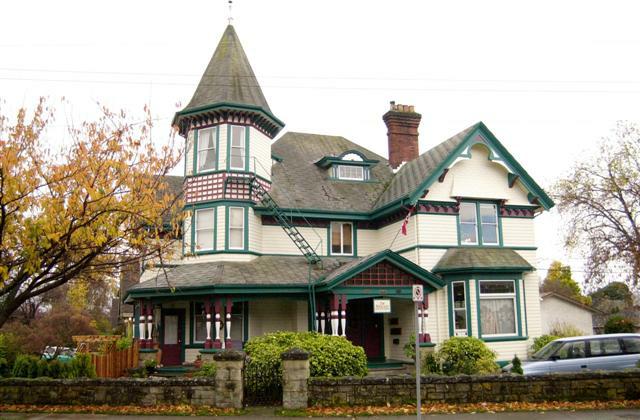You’ve found that older, classic character home you’ve always dreamed of and have made it your own. The home’s elegant appearance, its unique architectural features, its expanse of wood throughout and its timeless quality of design are the perfect match for your tastes and home ownership visions. Then the weather turns cold, or a strong wind blows, and you realize that while designed for elegance the home was built using the techniques of another time. While unquestionably beautiful, some older homes can be drafty and at certain times of the year downright cold.
Modern home building efforts place a far greater emphasis on insulation and energy efficiency then what was practiced in earlier times. The result is, unless already updated, most classic homes could use some upgrading to reflect the economic constraints and manufacturing techniques favored by homebuilders in the 21st Century.
Adding insulation to an existing home is probably the best investment possible to make an older home more comfortable and less costly to heat. But you don’t want to tear your classic apart to add insulation – for many the answer is the use of blown or loose fill insulation. Typically blown insulation comes in one of three different varieties: Fiberglass, Cellulose and Mineral Wool.
Fiberglass insulation is composed of small particles of spun glass fibers and is one of most commonly used forms of blown-in insulation. Cellulose insulation is normally manufactured using recycled newspapers or other paper products such as cardboard. To keep such potentially combustible materials from becoming a fire hazard they are treated with chemicals. This makes it both resistant to flame and unappealing to insects that might be seeking a comfortable place to nest. The final main type of blown-in insulation is Mineral Wool. This, as with Cellulose insulation, is typically made from recycled materials. Mineral Wool is composed of small particles of steel slag or even finely ground rock. While an effective form of insulation, it is not as commonly used as the other two main types.
As the name implies, Blown-in or Loose Fill insulation is blown or sprayed into place using a special machine. It is especially useful when wanting to access difficult to reach areas such as attics or to plug up wall cavities. Insulation of this type is often used to insulate properties that previously had little or no existing insulation, such as in an older character home. Insulation of this type can also be used in concert with rolls of fiberglass insulation. Spraying down a layer of fill, followed by batts of pink insulation can dramatically increase the R-Value of any home, especially one that had been under-insulated in the past.
The loose materials employed by Blown-In insulation are also very useful when the empty spaces between the exterior and interior walls need filling. The use of pneumatic spraying equipment to distribute this material will provide a uniform layer that will plug up the gaps, regardless of the type of insulation used. Normally in Canada, the materials used will be of the fiberglass or paper variety.
Each style of insulation has its own set of pros and cons. Fiberglass is considered the better hedge against moisture as it does not absorb water. But if there is a roof leak for example it can retain water for a long time due to its denseness. If insulation of this type remains wet mold and mildew can form within the damp material. Likewise, Cellulose can also absorb moisture and can take a very long time to dry out. Not only is wet insulation a potential breeding ground for mold, it is also less effective as an insulator. Wet insulation can dramatically reduce a home’s R-Values.
Blown-in insulation is considered an eco-friendly option as it can include as much as 85 percent recycled materials, especially when using the paper-based product. Fiberglass insulation in contrast is normally composed of 30 to 35 percent recycled material. Insulation of this type may be the best or only choice when wanting to upgrade the R-Value of a classic home. It’s a great choice to fill areas where no insulation had existed, or to enhance a rudimentary layer of previously applied insulation.
Is your older dream home drafty or chilly at night? Can you hear every sound that transpires in your neighborhood? Are your heating bills starting to mount up? Then perhaps blown-in insulation might be the perfect choice for you and your home. Contact the siding specialists at Phoenix Siding to discuss your best after-manufacture insulation options.

